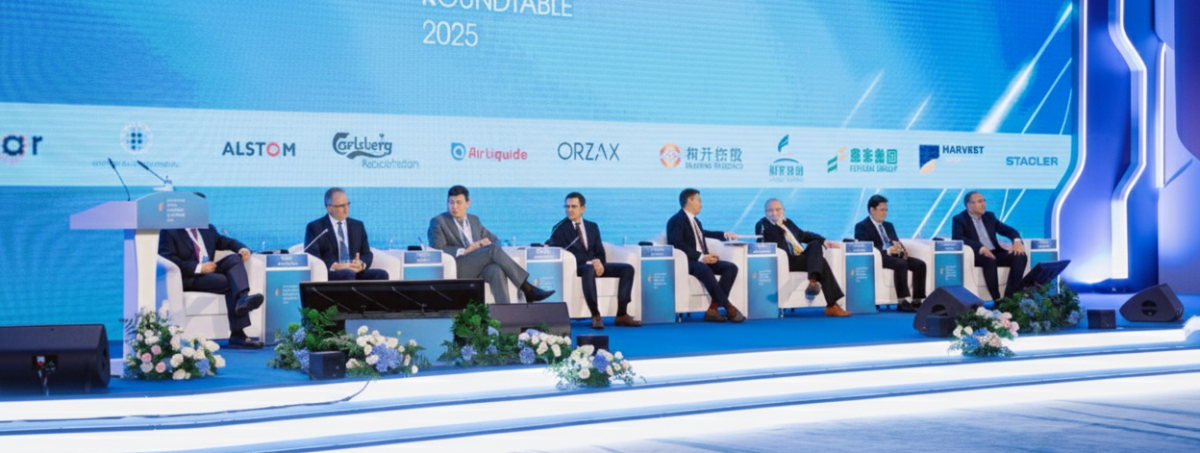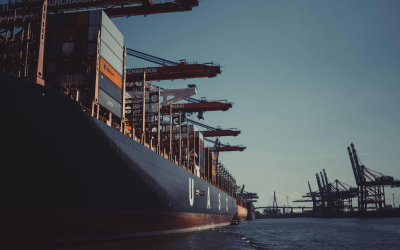Kazakhstan is rapidly strengthening its position as a key logistics and transport hub between Europe and Asia, following decades of investment exceeding 35 billion US dollars in infrastructure. The nation now boasts 21,000 kilometres of railways, 95,000 kilometres of highways, and two major seaports, Aktau and Kuryk, which underpin its growing influence in regional and global supply chains.
Speaking at the Logistics Transformation and the Food of the Future forum, Deputy Foreign Minister Alibek Kuantyrov highlighted that eight international corridors now cross Kazakhstan, including the Trans-Caspian International Transport Route, which connects China and Central Asia with Europe via the Caspian Sea. Transit through the Middle Corridor surged by 60 per cent in 2024, reaching 4.5 million tonnes of cargo. Kuantyrov described the route as a symbol of stability, diversification, and a reliable alternative for global supply chains.
Kuantyrov emphasised Kazakhstan’s commitment to sustainable logistics, green transport, and food security as core priorities for long-term development. The government aims to position the country as a regional leader in transport innovation and renewable energy integration.
Industry voices also pointed to untapped potential. Jérôme Boyet, managing director for Western and Central Asia at Alstom, said Kazakhstan’s rail network offers significant opportunity for digital and energy-efficient upgrades, noting the growing use of AI and machine learning for real-time operations management.
Meanwhile, S&P Global’s Matthew J. Sagers outlined the nation’s economic pivot away from oil and gas toward renewables, petrochemicals, and value-added manufacturing. Oil and gas investment has fallen from 38 per cent of total capital inflows in 2019 to an estimated 9 per cent in 2025, signalling deep structural change.
Explroe how Kazakhstan’s logistics transformation is redefining Eurasian trade routes and regional resilience.













.png)

